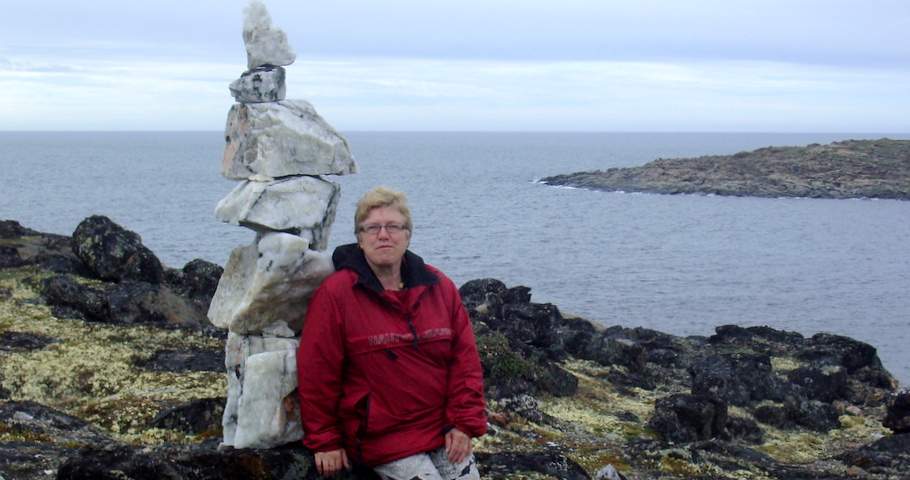The personal elements of one’s life are the key starting point
The personal elements of one’s life are the key starting point for a story. When people share their life-changing moments, their deepest motivations surface and that touches the hearts of others. This then becomes the heart of powerful social realities.What stories allow is to question the status quo and to envision new ways of dealing with our personal history as well as make changes. The stories become precious resources when what was taken for granted in our world is looked at from all its different angles.
Cultures are defined by their stories
Cultures are defined by their stories. The stories we tell ourselves about our family, our traditions, our shared experiences, become our dominant stories. However, in Inuit land, the stories that bind the people together are also the ones that recognize their interdependence, the ones that value community working toward environmental health and growth, and ones that illustrate the joys of working together for a better world.You might ask why I am talking about stories. It is not my intention to give a complicated answer, though it may well be.
The Inuit are a people whose stories remain largely out of the newspapers
I’m working on behalf of people who are seldom heard, a people whose stories remain largely out of the newspapers in the spectrum of the climate crisis and economic upheaval. These people live above the treeline in areas with little access to what we know in the South-good health, good food, adequate housing and safe communities.Policies and practices in the North reflect longstanding and deeply embedded mother-blaming culture and father invisibility ideologies that shape child protection systems. Relocating Inuit children to distant foster homes feels reminiscent of the residential school program and Sixties scoop, says Michelle Kinney, deputy minister of Health and Social Development with the Nunatsiavut government. (CBC)
The women are empowering people in their communities to work for change
Nevertheless, I can tell you that the women are focusing, not just on the problems plaguing their communities, they are empowering people in their communities to work for change. They are liberating themselves to empower others.Their work is about telling stories through their experience. They are healers bringing youth into contact with the elders of the communities, they participate in stories that come to term with the responsibility of reaching people through their truth, their challenges, and their ways.








No comments:
Post a Comment